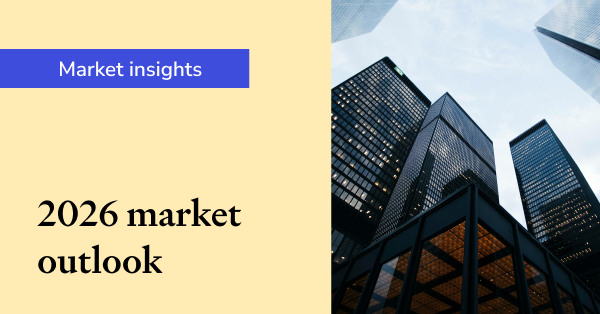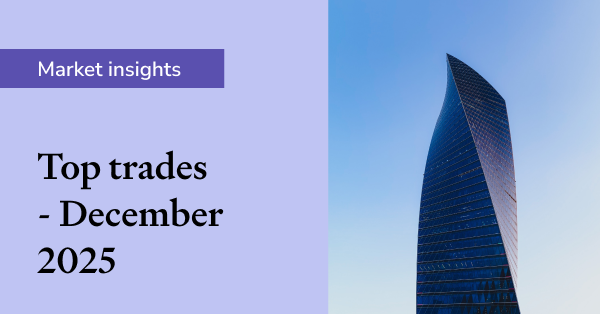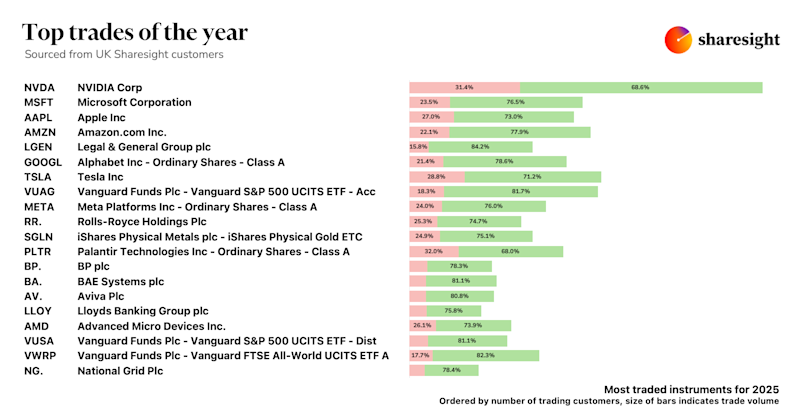The high price of investment access
To get the attention of the crowd, a highly respected figure in the U.S. mutual fund industry asks a provocative question at conferences: “How in the world are the Rolling Stones still alive? Seriously, how is Keith Richards still alive considering all the heroin he’s done?”
He’d pause for dramatic effect and then answer his own question. “It’s all about access,” he said. “They’re still alive because they have access to the best drugs. It’s no different with managed funds.”
For retail investors like us, affordability and access are the name of the game. Whilst Sharesight can’t reduce the fees you pay to invest it can help you track these fees and bring down your administration costs -- dramatically.
Take the Australian managed fund market. There are between 2,000 and 3,000 investment strategies trading at the moment. In other words, there are 2,000 to 3,000 distinct teams of portfolio managers raising and running money. Your money doesn’t wind up in one of these vehicles because these are “institutional mandates,” purely the original, strategic portfolios. Your funds are routed amongst the 12,000 retail fund iterations, which mirror to the pure strategies.
How’d we get from 2,000 to 12,000? The lack of a managed fund exchange is one reason, but moreover, the disaggregated nature of financial advice produced a byzantine system. Factor in compulsory superannuation and through the decades fund managers had to rely on vast distribution networks. As these networks grew, more and more “share classes” were created to facilitate fund flows and all of a sudden financial advisers (the intermediaries) were faced with an array of investment “supermarkets,” “platforms,” and “wraps.” With each access point comes its own set of platform fees, ICRs, and MERs (incremental cost ratios or management expense ratios).
These fees stack up and reduce future returns. In fact, Morningstar, the fund research house, concluded that fees are a better predictor of future returns than their own ratings. It’s important to understand how much of your investment is going to the fund management company, and it’s also critical to work out whether or not these fees are worth it to you. Those who are time-poor or uncomfortable investing on their own are well-advised to trust an investment professional. Another option might be index funds (such as Vanguard) or ETFs (iShares, for example), both great options to invest affordably and safely in an array of domestic and overseas strategies.
There are signs of improving access. Fidelity just announced they’re planning on lowering their investment minimums and ASX’s AQUA II project would create a fund exchange. Keeping an eye on upfront expenses, though, is still critical. Investors need to think of those 3% to 5% fees as returns to be made up just to break even. Direct share investing is a way to avoid paying fund fees, though the burden is on you to invest wisely and avoid too much churn, which can be costly from a brokerage and capital gains tax perspective.
Since Sharesight calculates portfolio performance after factoring in your brokerage costs, you can view expense data throughout the site, and on the exportable reports. Keep a keen eye on just how much you’re paying to put your money to work.
FURTHER READING

2026 market outlook: Expert insights on risks, rates and opportunities
We talk to industry experts about their expectations for markets in 2026 — from inflation and interest rates to market opportunities, the AI bubble and more.

Sharesight users' top trades – December 2025
Welcome to the December 2025 edition of Sharesight’s monthly trading snapshot, where we look at the top buy and sell trades by Sharesight users over the month.

Top trades by UK Sharesight users in 2025
Welcome to the 2025 edition of our UK trading snapshot, where dive into this year’s top trades by the Sharesight userbase.